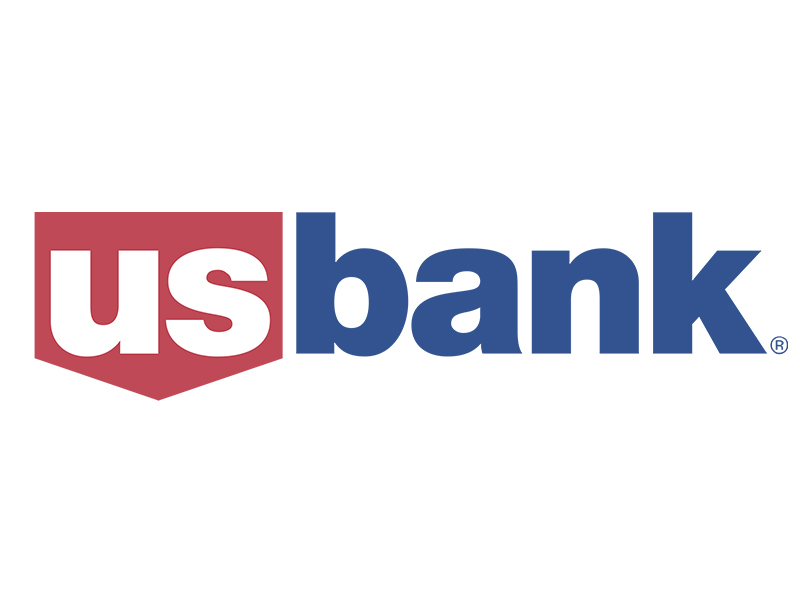The Ginnie Mae CUSIP aggregation program started in March 2019 and was completed in July 2019 and the Desk consolidated around 8,000 specific CUSIPs into about 8 aggregated ones. The aggregation procedure was developed to reduce administrative costs and functional complexities connected with the Federal Reserve's company MBS portfolio utilizing a straightforward and rules-based technique that follows market.
working objectives and standard market practices. Other The New york city Fed publishes comprehensive data on all settled SOMA company MBS holdings on its on a weekly basis. In addition, Fannie Mae, Freddie Mac, and Ginnie Mae offer information about aggregated CUSIPs, including the underlying company MBS, on their public sites. Yes. Information about individual Fannie Mae, Freddie Mac, and Ginnie Mae company MBS CUSIPs underlying the Federal Reserve's aggregated CUSIPs will stay readily available on these companies' public sites.
's recently imposed limitation on repooling of reperforming forborne loans yet again penalizes servicers acting as important provider in the continuing efforts to safeguard debtors facing financial challenge due https://central.newschannelnebraska.com/story/43143561/wesley-financial-group-responds-to-legitimacy-accusations to COVID-19. Let me count some of the ways Ginnie Mae servicers are bearing the force of mortgagor forbearance under the CARES Act: no maintenance cost earnings during forbearance of approximately a year( and potentially longer need to Congress choose its necessary); no relief from advance requirements for the period of such forbearance; no revision of the structural obstacles to private financing to fund advances; and no compensation for the cost of funds for advances. In releasing APM-20-07 on June 29, 2020, Ginnie Mae chose to further secure investors from the possible enhanced prepayment risk resulting from early swimming pool buyouts of forborne loans. This protection, nevertheless, comes at the expenditure of servicers. By limiting servicers from counting on enduring, genuine organization activity early pool buyouts coupled with the repooling of reperforming loans Ginnie Mae has elected to deem a regular activity as inappropriate because it is unnecessary and, gosh, might produce an earnings. This responsibility lasts until the defaulted loan is bought out.

loan secured by the mortgaged property, the proceeds of which are used to bring the loan current. By utilizing a junior lien, the loan does not require to be modified. Currently, a servicer might accomplish a" stand alone partial claim" or a" home mortgage recovery advance" without repurchasing the overdue loan from timeshare meaning the swimming pool, however servicers regularly combine the permissible early buyout of a delinquent loan, a reinstatement through a" stand alone partial claim" or" home loan healing advance, "and a repooling of the reperforming loan into freshly released securities. First, the borrower under a reperforming loan need to have made prompt payments for the 6 months immediately preceding the month in which the associated mortgage-backed securities are released.
Second, the concern date of the mortgage-backed securities must be at least 210 days from the last date the loan was overdue." Reperforming Loans "are not limited to loans that are restored through a" stand alone partial claim" or "mortgage healing advance." The term is broadly defined to be a loan that is not more than thirty days overdue, formerly was bought out of a Ginnie Mae pool, and has the very same rate and terms as the originally pooled loans. The APM only hints at the factor behind Ginnie Mae's change in position, mentioning that "Ginnie Mae looks for to guarantee that transactional activity connected to these alternatives does not hinder market self-confidence in Ginnie Mae securities. "It highlights that FHA's "Stand Alone Partial Claim" and USDA's "Home loan Recovery Advance" do not need swimming pool repurchases unless the regards to.
The Only Guide for What Lenders Give Mortgages After Bankruptcy
the loan need adjustment. Basically, Ginnie Mae is depriving servicers of a long-standing, genuine, optional company method under the Ginnie Mae program apparently due to the fact that this discretionary activity is not essential to enable a servicer to stop maintenance advances in regard of forbearance. Getting a benefit from repooling reperforming loans in some way is considered as a wicked activity. In isolation, insulating financiers in Ginnie Mae securities from boosted prepayment risk connecting to forbearance definitely is a worthwhile public policy objective. When compared to the expenses, expenses and lost profits servicers are bearing in regard of forbearance, one needs to question whether Ginnie Mae is fairly stabilizing the interests of servicers and financiers.
While Ginnie Mae may have the authority to revise the Mortgage-Backed Securities Guide from time to time, servicers have a right to fairly depend on the basic construct of the program without product adverse changes not grounded in law or abuse. Servicers create, get and finance their Ginnie Mae MSRs based on this affordable expectation. When you want to have fun in the sun right in.
your backyard, a swimming pool of your own may be paradise. A swimming pool comes with a hefty cost, though, so be prepared to pay for it over time. While you have a few different options, among the most basic is to finance a new pool with a brand-new home mortgage. Initially, contact the lender with which you have your present home loan to ask about a brand-new home loan.
Typically your present lender will be eager to keep your funding, perhaps using attractive interest and terms. what were the regulatory consequences of bundling mortgages. Note the terms used by your present lender. Approach two or three other loan providers to inquire about a brand-new home loan. With a brand-new loan provider, you will require to reveal evidence of identity and earnings, warranty deed and property owner's insurance. The new lender will examine your credit and.
check the value of your house throughout a prequalification process. After confirming your details and evaluating your credit reliability, the lender might extend you prequalification status.